
Wileyfox Storm review: Not quite enough to blow away the competition
The £129 Wileyfox Swift has to be my favourite budget phone of the year so far, so I had high hopes for its bigger brother; The £199 Wileyfox Storm.
A great deal of my ‘love’ is due to the use of Cyanogen OS, which keeps things as close to native Android as possible, but also adds a huge degree of customisation possibilities.
The Swift, and now the Storm, also come with no bloatware out of the box. You’ll even need to install Facebook on your own.
Custom menus, status bars, icons, fonts and a range of additional security options (one clever feature being randomising the PIN pad) make me wish Cyanogen was an option on more phones, but unless you’re comfortable with unlocking bootloaders and flashing custom ROMs, then Wileyfox is one of the only ways you’ll get to enjoy Cyanogen without any fuss.

But, despite my love of the Swift, there have been many who demanded more in the performance department.
Some will have turned to the exceptional Vodafone Smart Ultra 6 (even though it will require unlocking for use on other networks), now down to just £99 on prepay, but the Wileyfox Storm has an ace up its sleeve. Namely a 20.7-megapixel camera, from Sony.
That camera is straight from the Xperia Z3, and is accompanied by a full-HD 5.5-inch display and Snapdragon 615 SoC with 3GB of RAM.
And, more importantly, Cyanogen OS.
I won’t repeat myself on all the benefits of Cyanogen, as you can find out more about the benefits in my Swift vs Moto G comparison. For all intents and purposes, bar the screen resolution, everything is exactly the same here.

Look and feel
You will find no premium, high-grade, materials used on the Storm, and that reflects its low price point. But don’t let it put you off, as it still looks rather stylish, from the back at least.
This is thanks to the subtle orange accent around the camera lens, and a soft, almost velvet, feel to the back cover.
Unlike the Swift, the rear cover doesn’t come off to let you change SIM cards (yes, it’s dual SIM, just like its sibling). Instead, you’ll find a removable tray on the left-hand side that can take two SIM cards, or one SIM card and a microSDXC memory card.
The Swift, for the record, has three individual slots behind the removable cover meaning you don’t need to choose between a SIM or extra storage.
It’s an important thing to bear in mind. Although the Storm does come with 32GB of internal storage (compared to just 16GB on the Swift), so it may be less important to add extra storage space unless you want to fill it with downloaded media for offline access.
I should add that many Huawei-made dual SIM devices work in the same way, including the P8, Mate S, Honor 6 Plus and Honor 7. Yet, the cheaper Honor 4X has three slots too, making me wonder why it’s always the lower end models that have the most flexibility.
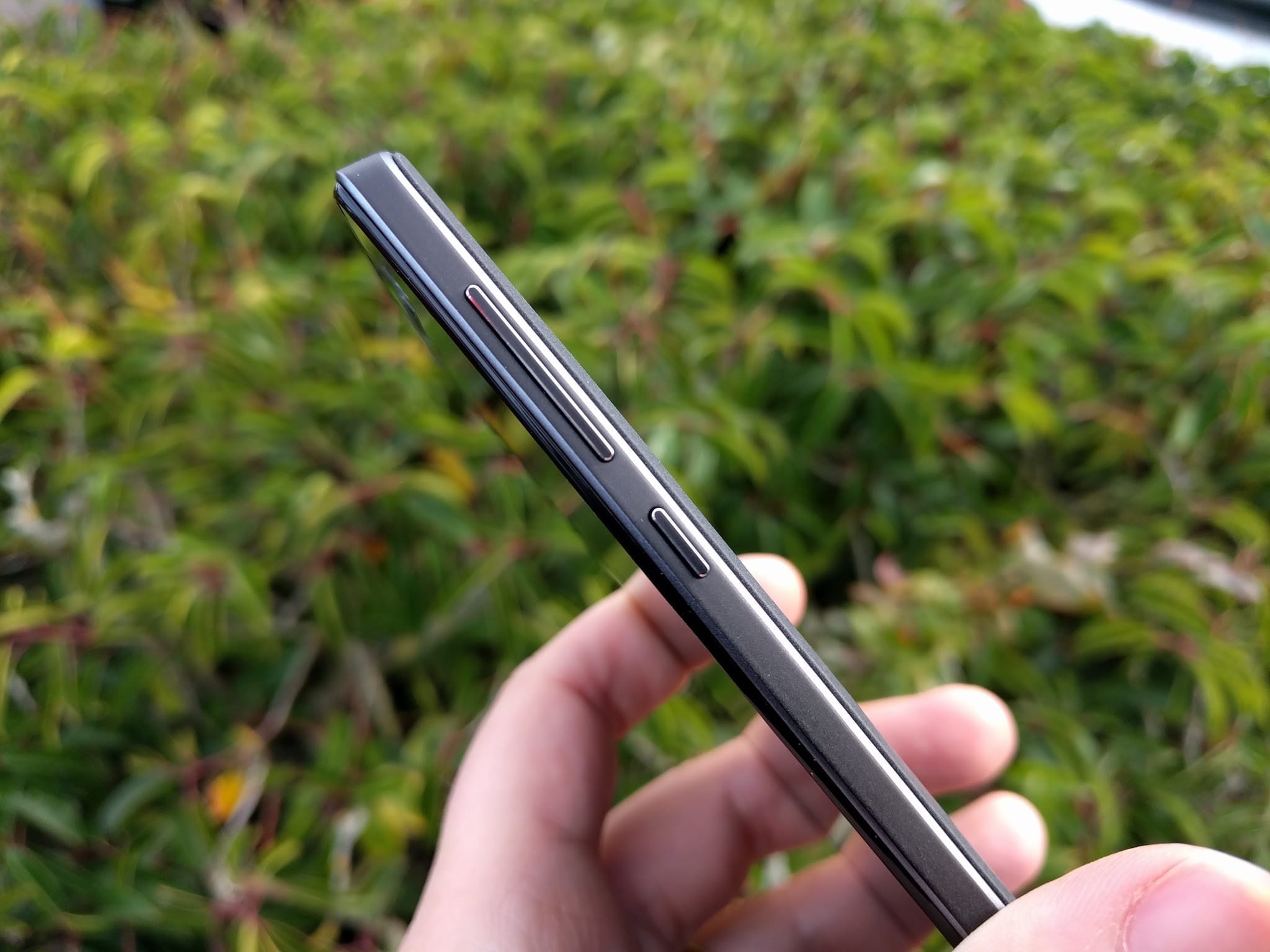
But moving on, the rest of the design is pretty simplistic. The power button is at a slightly-higher-than-I’d-have-liked position on the right, with the volume buttons above that. Not exactly easy to access.
At the top is a headphone socket, and the base has a micro-USB connector. A mono speaker sits on the back, underneath the bright Wileyfox logo that further adds to the break-from-the-norm look.
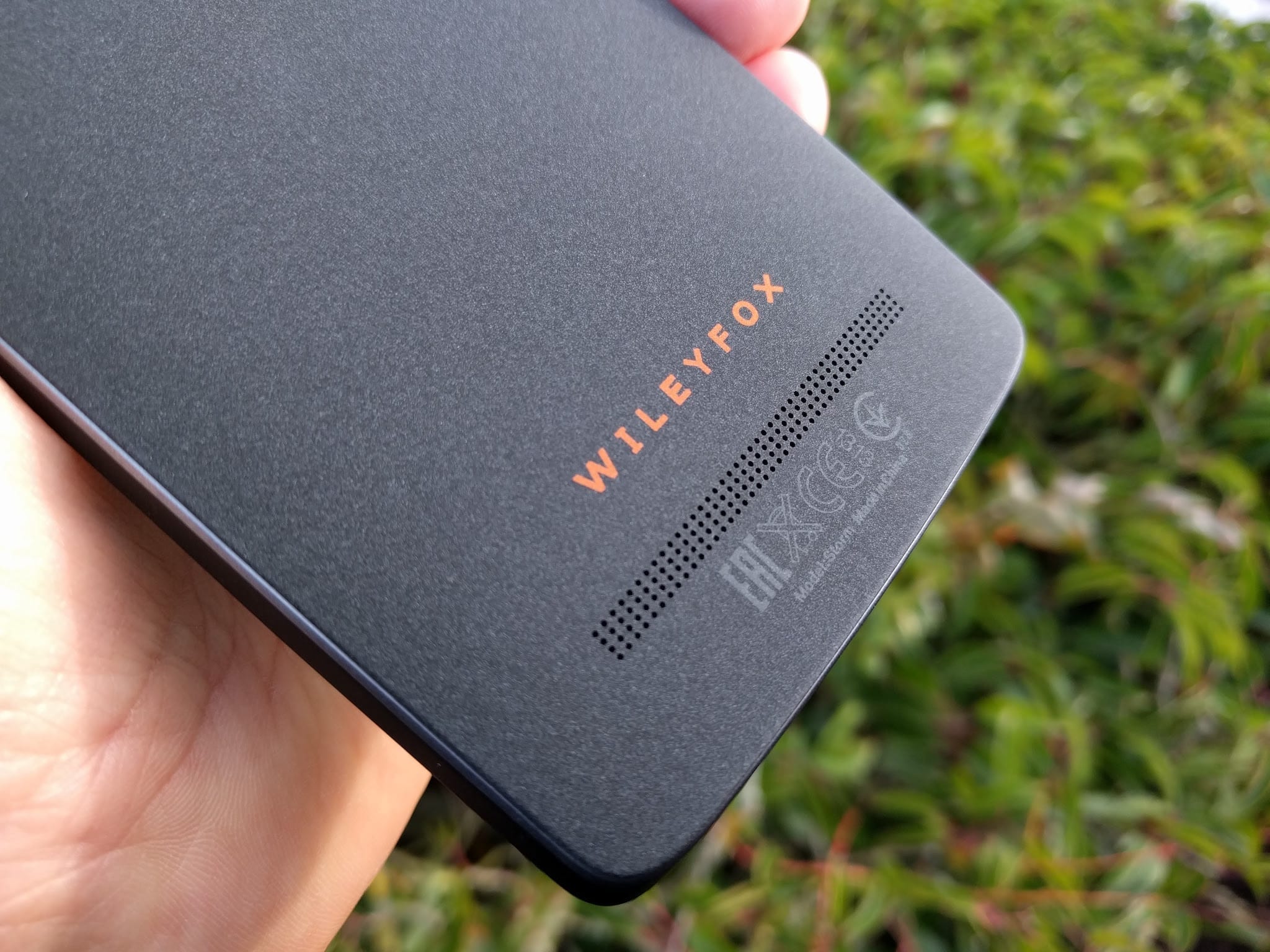
The phone came with a plastic screen protector already fitted, which was a nice touch, even though it’s a magnet for fingermarks – especially around the cutouts.
Finally, the Android navigation keys are beneath the display by default, with a back, home and recent apps key all well hidden when not lit. The home key also doubles as the LED navigation light, as well as showing when the phone is being charged.
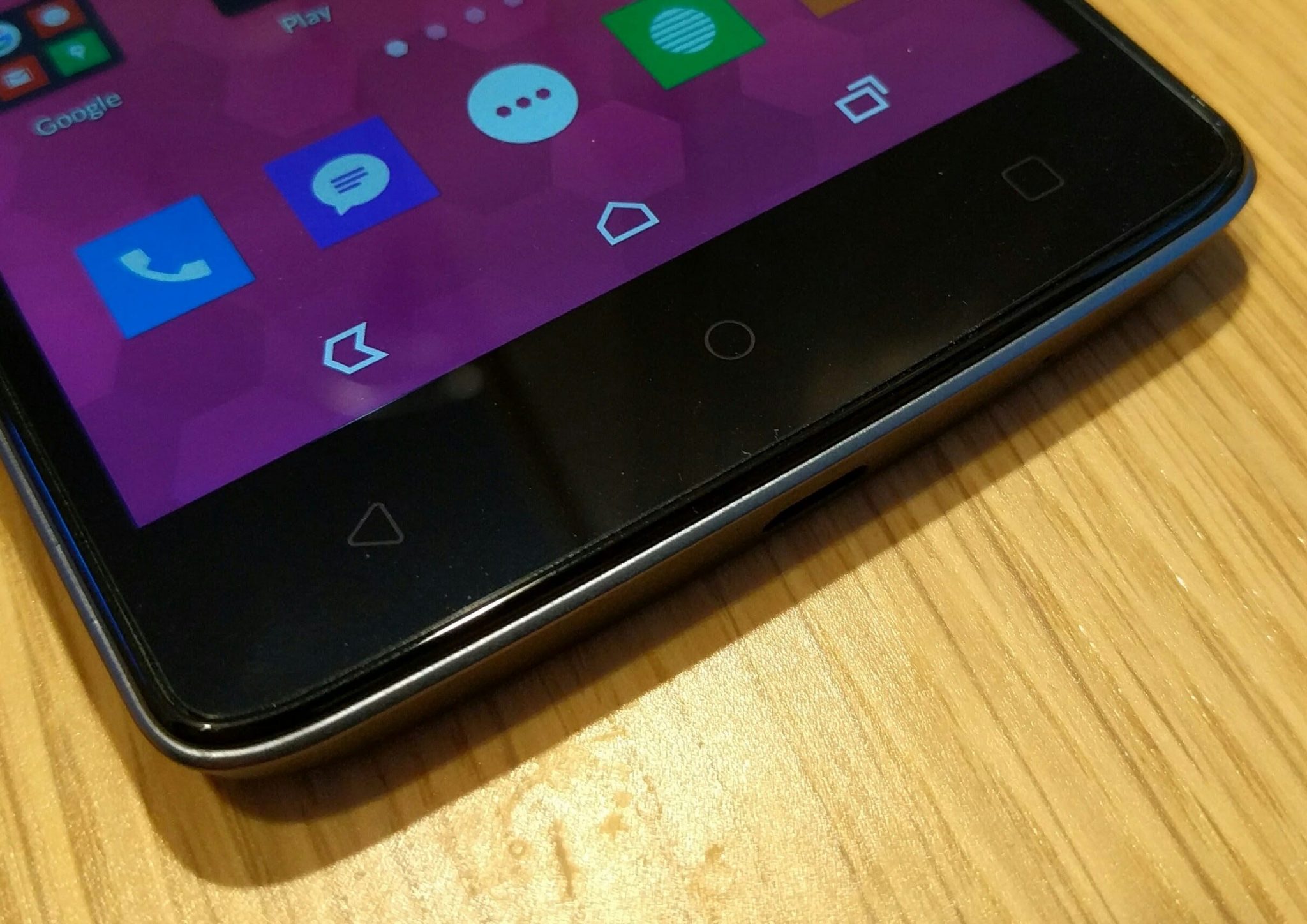
But, thanks to the wonderful level of customisation of Cyanogen, you can opt to disable these keys and put the navigation controls on-screen instead. Given the back key can be quite a stretch for one-handed operation, this is probably one of the first things you’ll want to do.
Camera
I think it’s appropriate to jump straight on to the camera, as this is what really sets the Storm apart from the Swift – or should.
The Sony IMX220 has been a standard component in many Sony Xperia smartphones for some time, and while Sony has since moved to a newer 23-megapixel sensor for the Z5 Family, it’s far from ready to be scrapped.
One problem is that Sony itself seemed to struggle to get the most from this image sensor, with over zealous noise reduction filtering out noise to a point where any image put under scrutiny would reveal something resembling an oil painting.
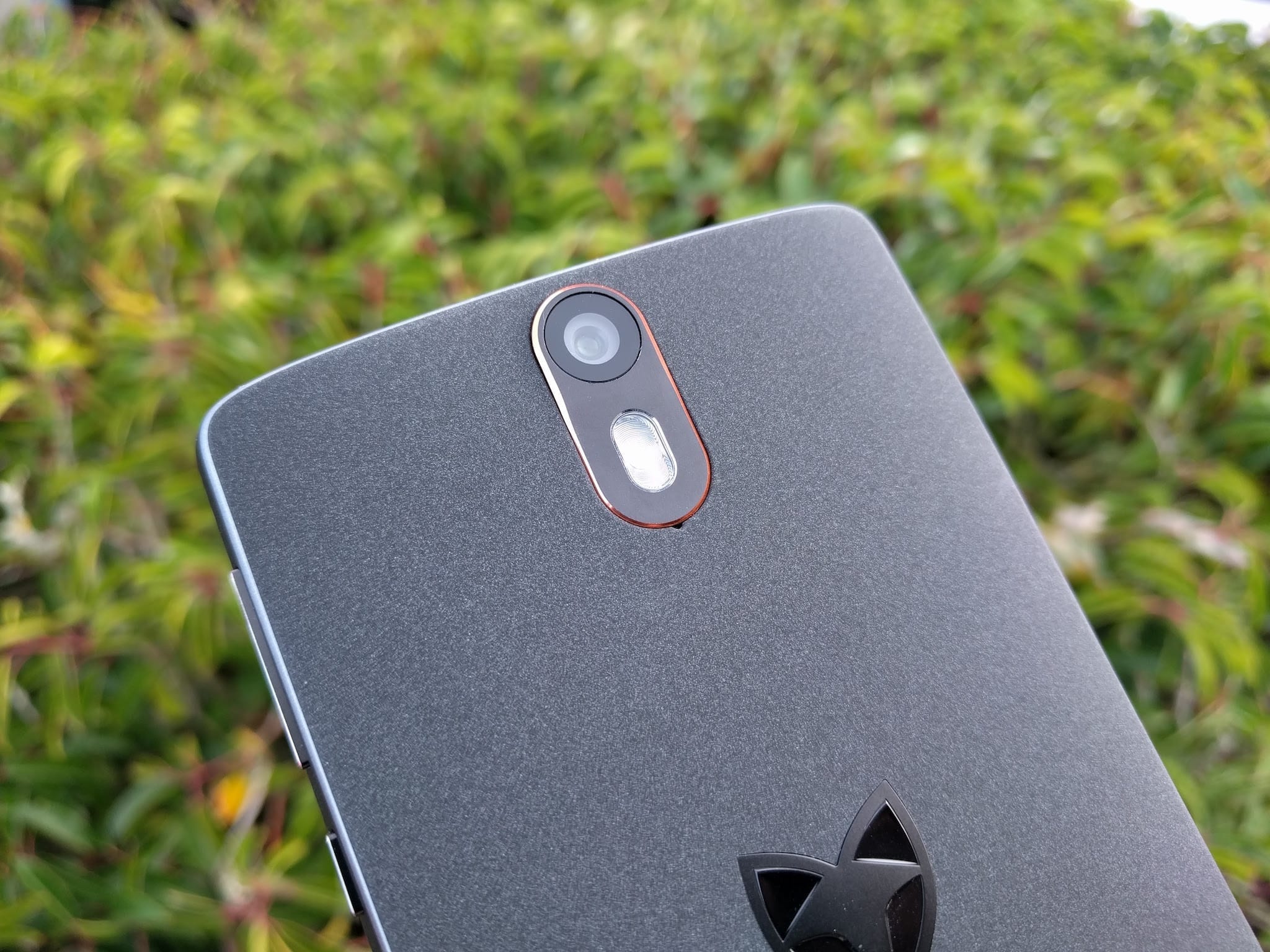
Ironically, other manufacturers using Sony cameras often seem able to get better results, but it’s a real mixed bag on the Storm.
Detail remains strong thanks to those extra pixels, but the noise on lower light images perhaps explains why Sony had to be so harsh with the filtering. Without it, there’s an incredible amount of noise.
The performance from the Storm’s camera left me disappointed more often than not, and viewed at 100% it quickly becomes clear that you’d be better off with smaller images in the first place.
In other words, the 13-megapixel Samsung-made sensor in the Swift actually performs better.
HDR is another feature that just doesn’t work, by making everything look like you’d drawn over surfaces with bright flourescent markers. To say the end results look unnatural would be a massive understatement.
You can see for yourself (top image normal, bottom image HDR).


I don’t know if Wileyfox will be able to fix some of these issues with a future software update, but for the time being Wileyfox simply doesn’t produce the goods in the imaging department on this phone.
The front-facing cameras is an 8-megapixel sensor that also gets a LED lamp to improve selfies in low-light, but it’s not enough to save this phone.
Video recording is limited to 1080p, with high-speed and slow-motion modes, each at 60 frames per second, if you drop to 720p.
If you want good pictures, the Storm is average at best. It’s worth noting there are many other camera modes included too, but nothing seems to be able to improve what appears to be flawed post image processing.

Photo Gallery
Performance
With a faster chipset than the Swift, perhaps offset a little by the jump from 720×1280 to 1080×1920 pixels on the display, I expected a better performance and the benchmarks prove that.
It’s no slouch, and the Storm doesn’t run particularly hot either, so it’s unlikely to suffer from the sort of throttling that has seen many flagship models getting similar scores after heavy use – wiping out most of the benefits of shelling out all the extra money.
But, just as the camera disappointed, so to did my day-to-day experience of using the Storm, where I felt myself having trouble selecting things with precision, and often having to tap again to get a response. The same happened for the capacitive buttons below the display, or perhaps even more so.
Somewhat disappointing for a phone that has the more powerful processor.

32GB of internal storage and 3GB of RAM, plus the dual 4G SIM capability are all very impressive, but there’s still no 5GHz Wi-Fi support.
Ironically, when Qualcomm spoke at Wileyfox’s UK launch event, the representative of the chip maker showed a slide that suggested otherwise.
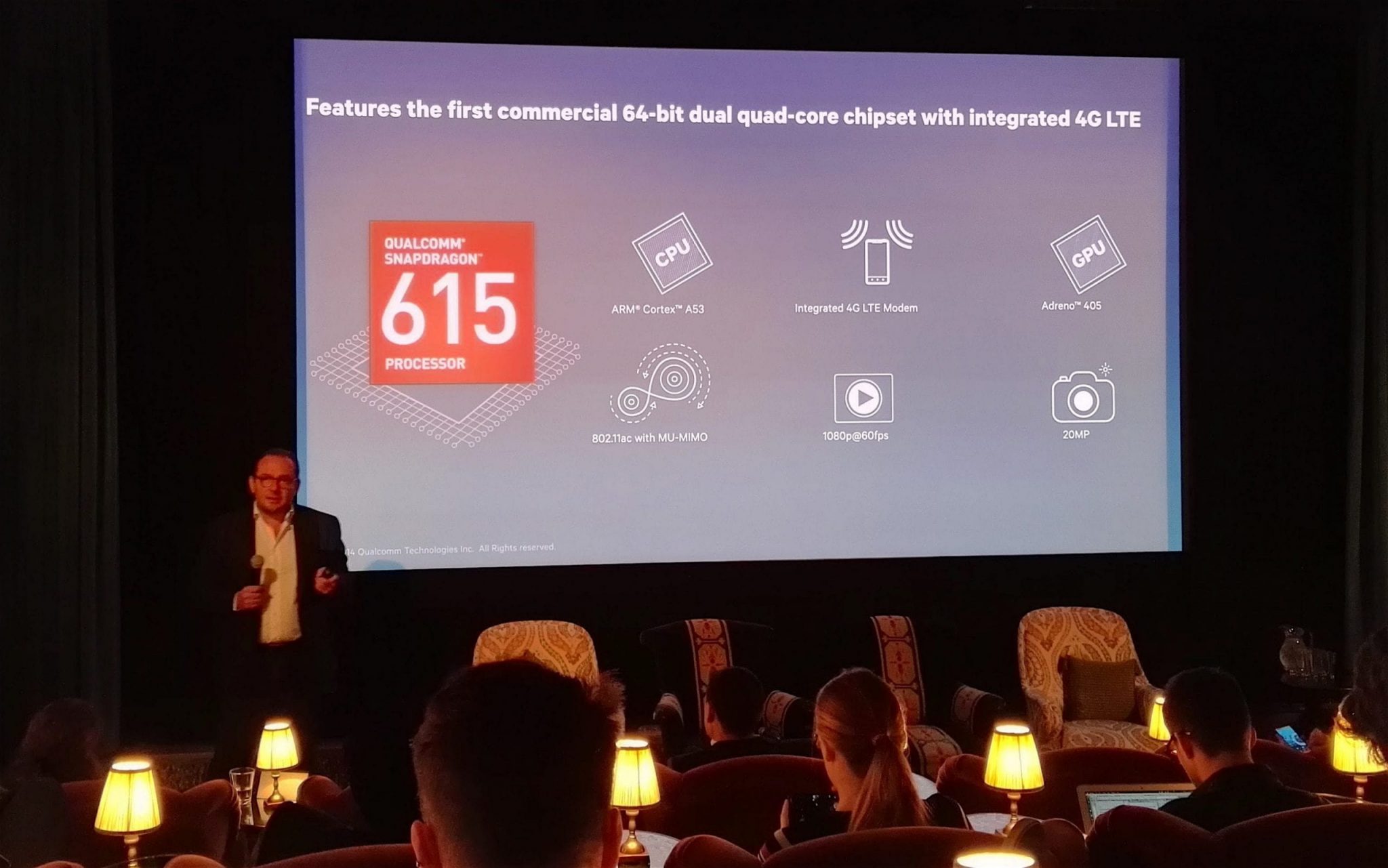
The battery is also the same capacity as the Swift (2500mAh), and the Swift has a smaller screen, fewer pixels to drive and a less thirsty processor.
The battery will likely get you through a whole day, but only because you’re not likely to be using it that heavily. Cameras often suck a lot of power, and with a weak camera you’ll probably not be rushing to snap anything and everything.
In terms of screen on time, if you drop the brightness a little, and don’t expect to play CPU-intensive 3D games, you will be able to get around 4-4.5 hours.
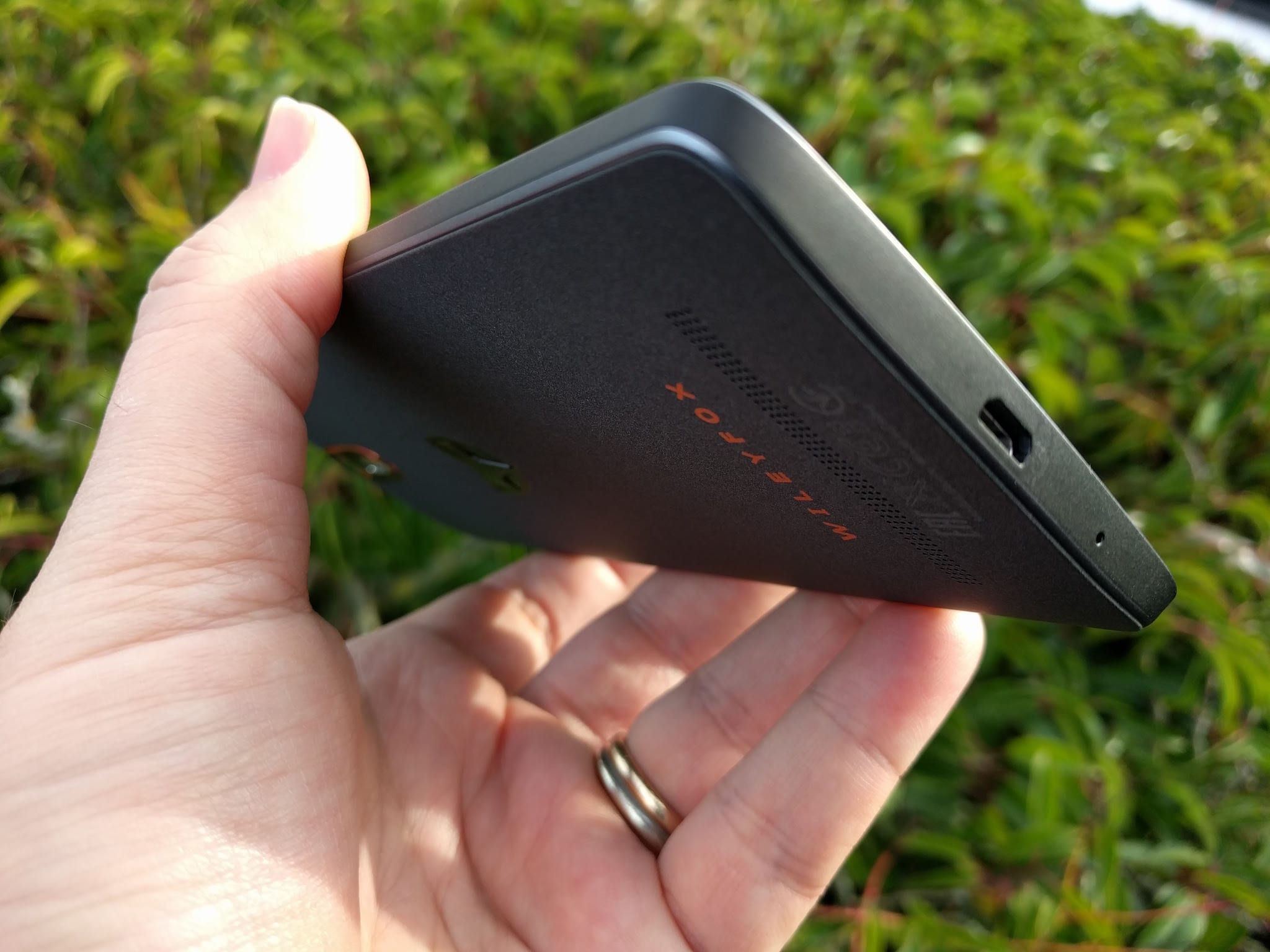
Verdict
I rather expected the Storm to be everything the Swift was, and then some, but it actually feels like a step backwards in many ways.
The Swift is not only cheaper, but bar the drop in screen size, it feels faster in normal usage, even if it can’t quite match the performance for some large games.
This means you’ll need to decide whether you want a larger display, perhaps to better enjoy watching films or playing games, or would rather have a better camera experience as offered on the Swift.
Wileyfox hasn’t made a terrible handset, and it’s important to remember that this phone is just £199 and has a heap of benefits in Cyanogen OS that aren’t available on similar specified handsets from other manufacturers, but it doesn’t quite hit the mark.
If a future update can tweak the camera, and improve the resonsiveness of the UI, it will be worth me revisiting this phone to see if my opinion should be changed.
Until then, grab the Swift – or if you want something that has a higher specification for similar money, consider the Honor 7. At £250, but often discounted to £210 in one of the many promotions Honor runs on its store, you lose Cyanogen but gain a heap of even better features, like a fingerprint sensor, Cat 6 4G speeds, and a far superior battery.









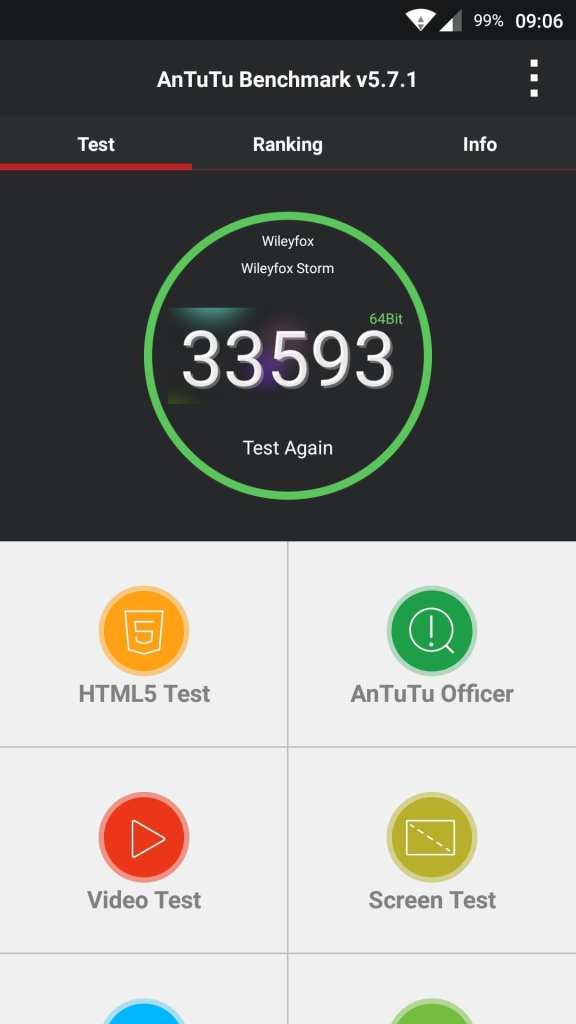


i am an 80 yr old female. not a 100% up on mobiles.Bought storm for its size as i have glaucoma. can you please tell me where i can get an user manual ? tried all over without success
need to find out the way into compartment for sim card.
thank you phyllisfoord@yahoo.co.uk
Bless You